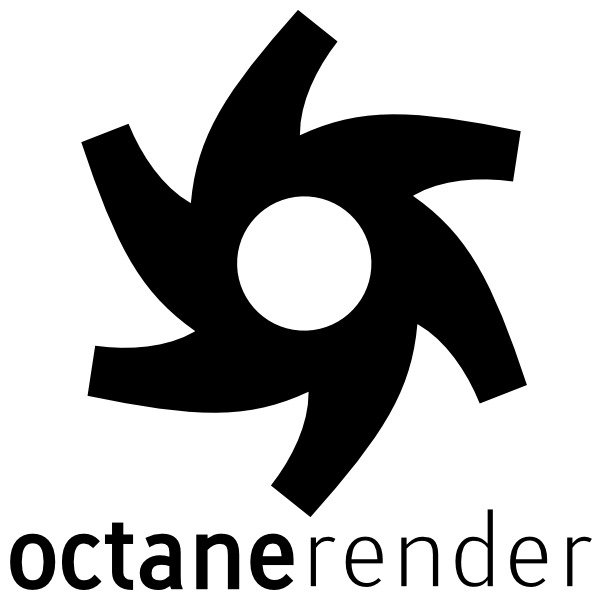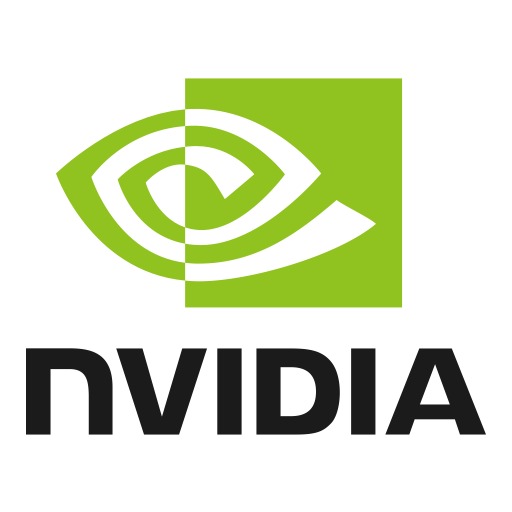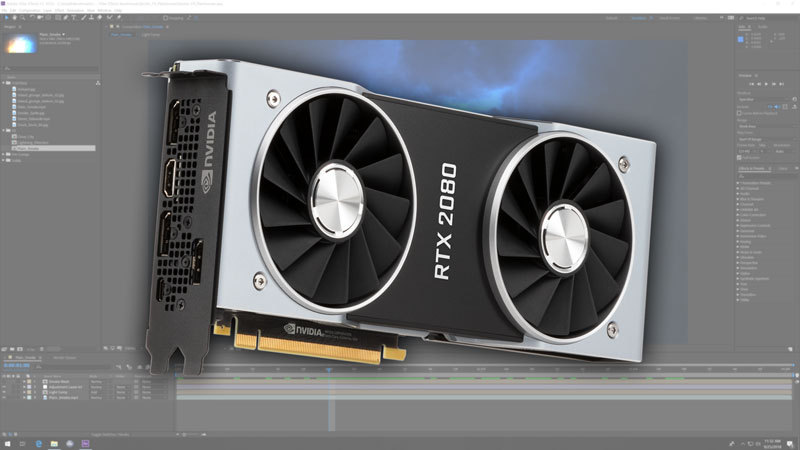DaVinci Resolve heavily leverages the GPU to improve performance which means that the new RTX cards should give excellent performance. This article is a follow-up to the RTX 2080 and 2080 Ti testing we did recently and adds results for the RTX 2070 8GB card.














